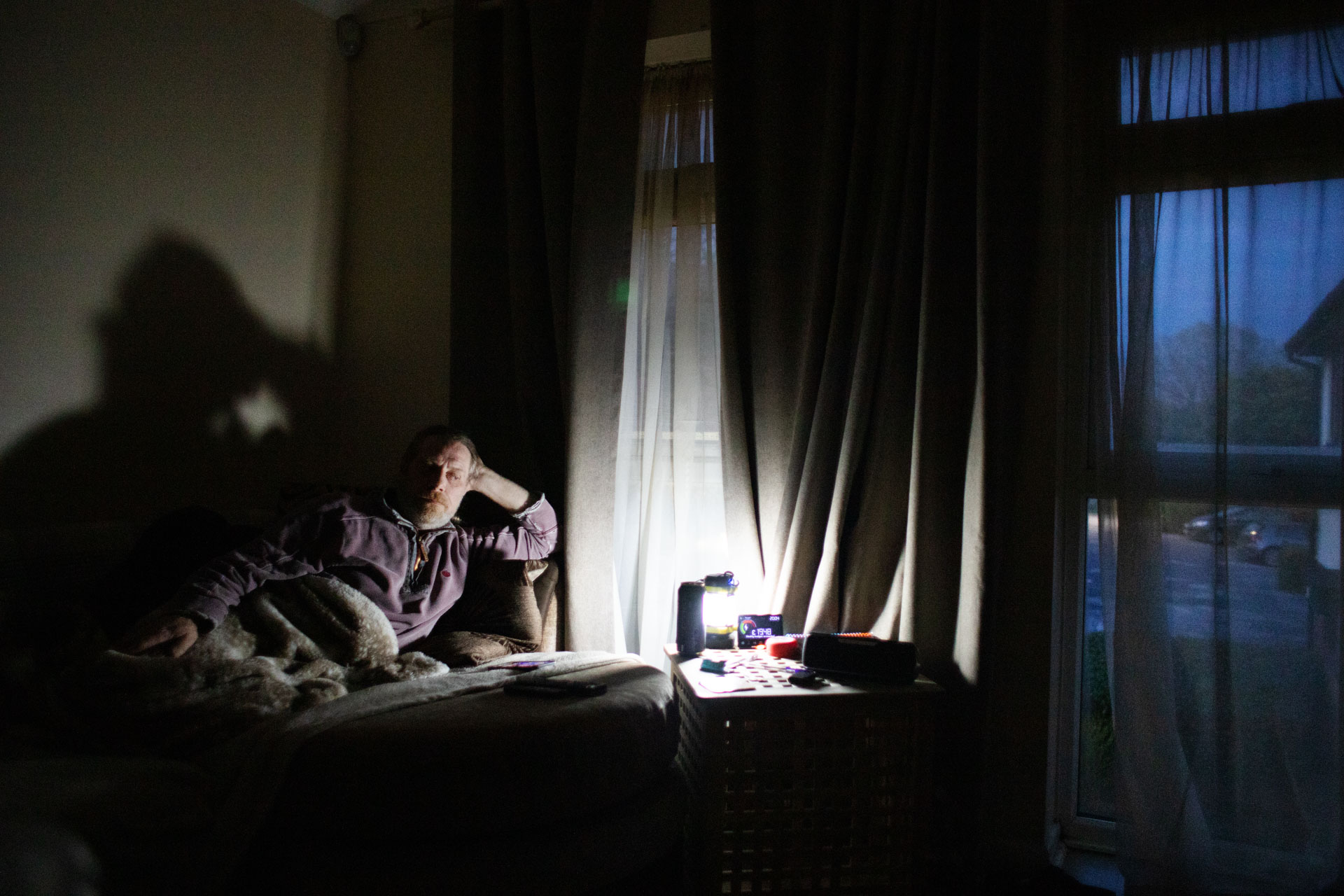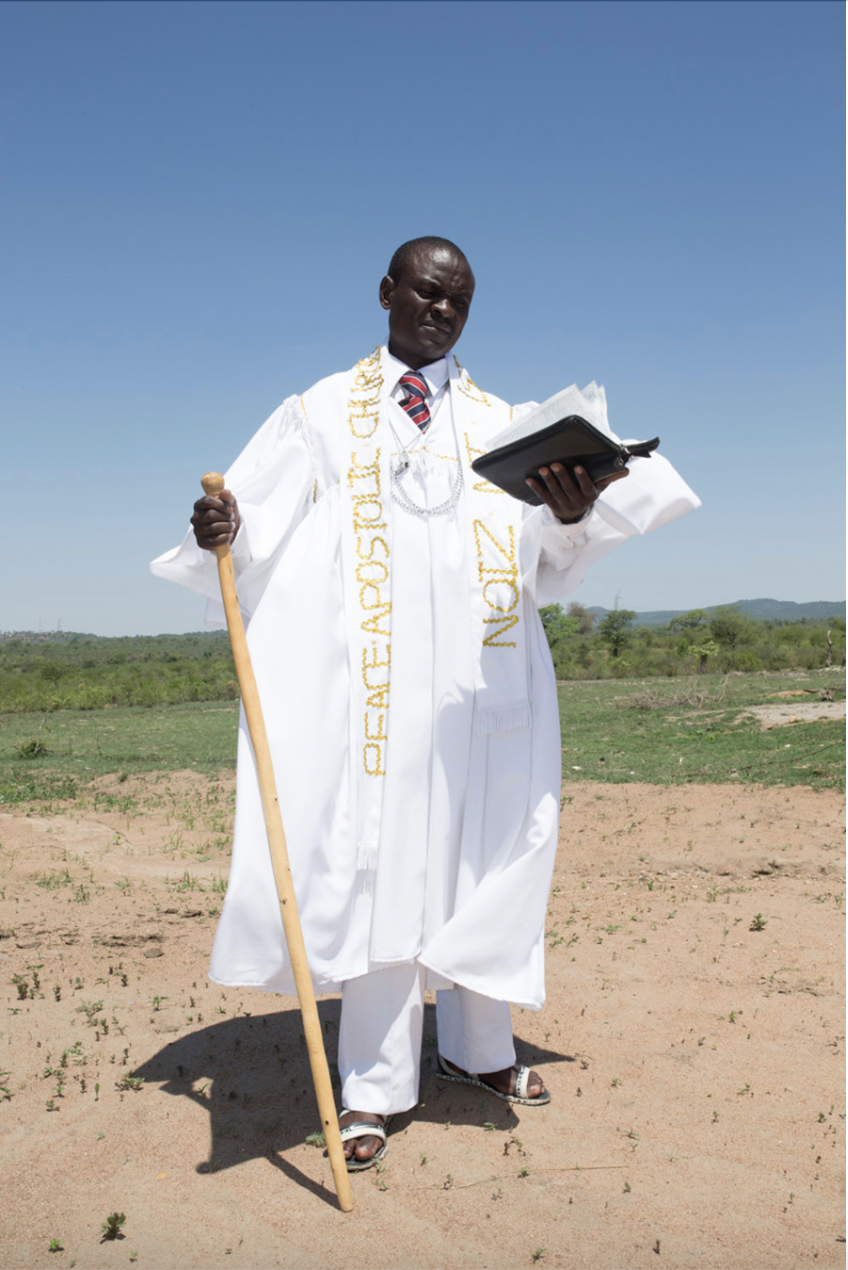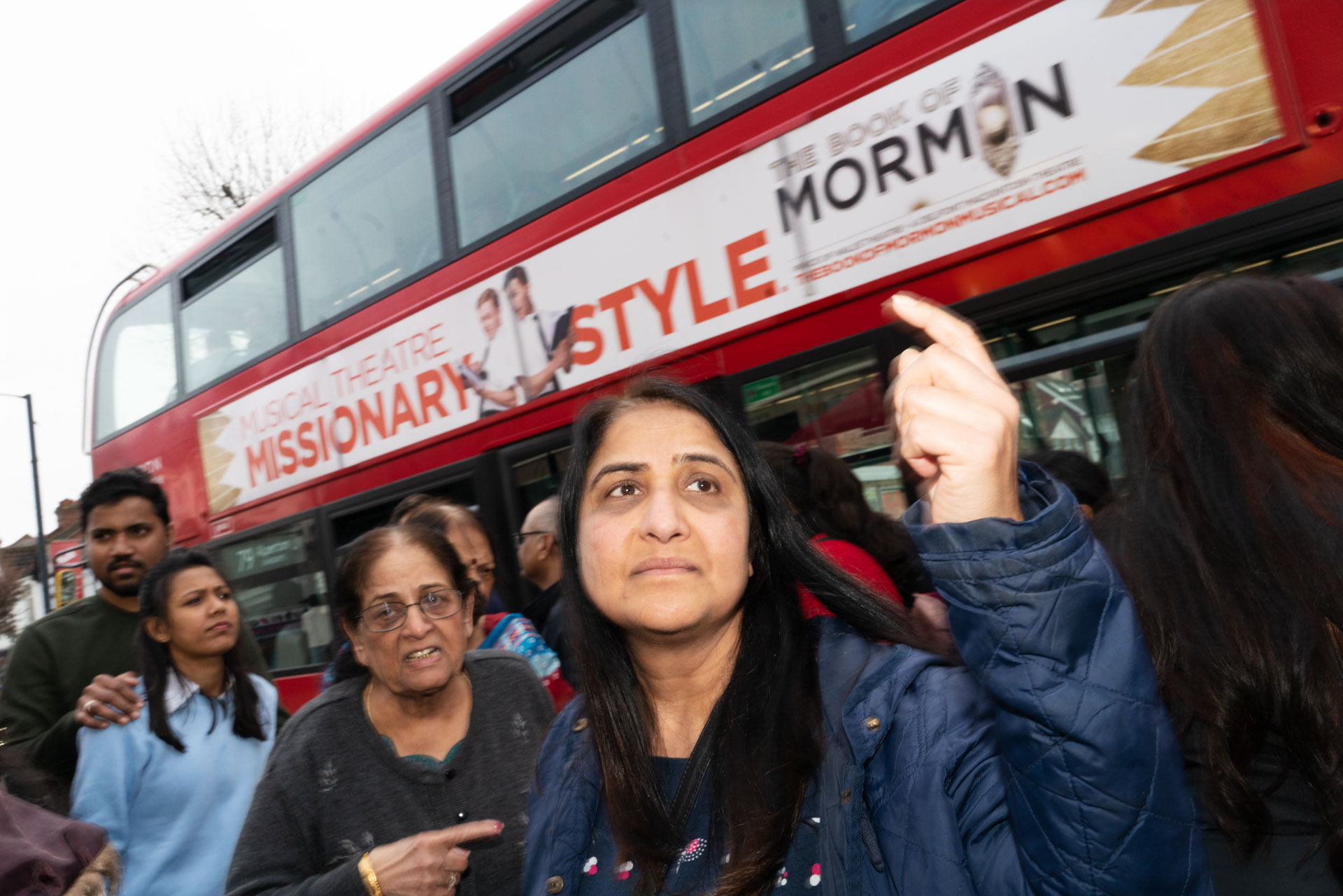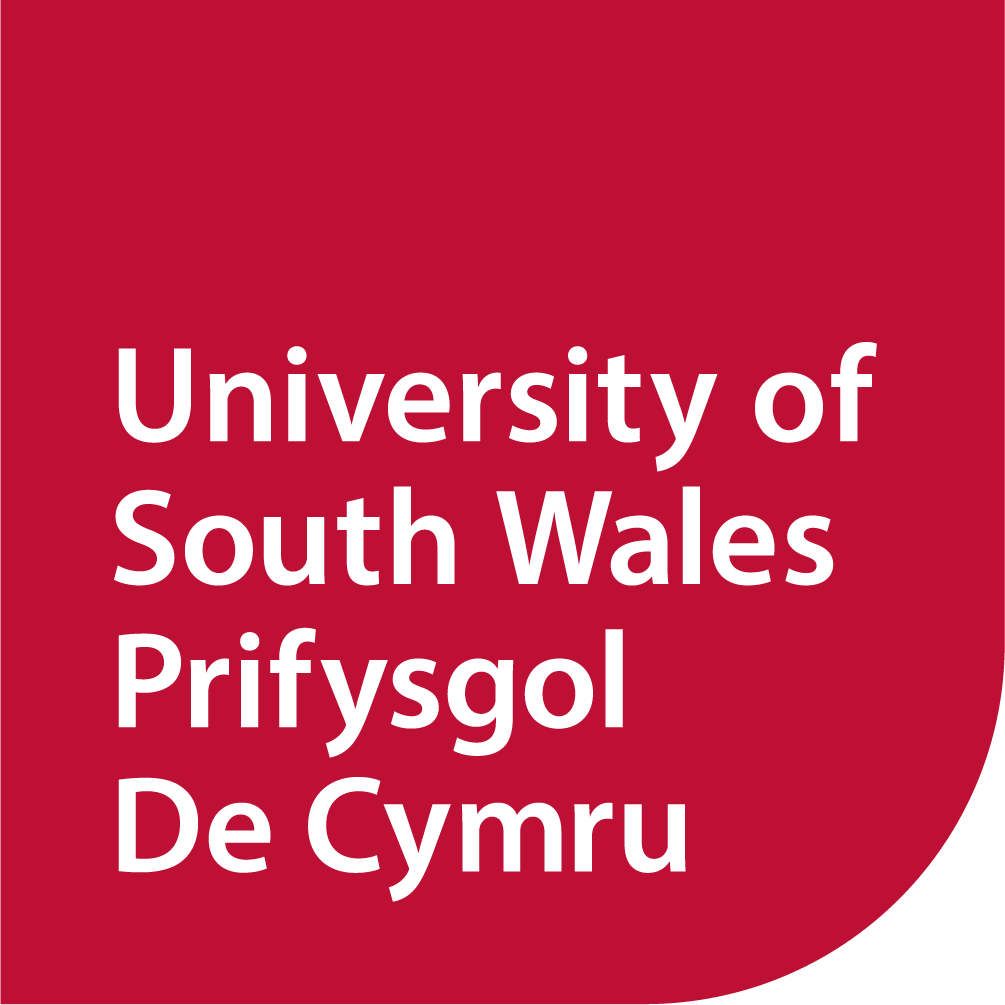Pam Ffotograffiaeth Ddogfen?
I ni, mae ffotograffiaeth ddogfennol yn ymwneud â dod o hyd i straeon bach a'u cysylltu â syniadau mawr. Mae'n ymwneud ag adrodd straeon o brofiad uniongyrchol, tystio, a chymryd rhan. Mae'n ymwneud â gweithio gyda phobl o bob cefndir, mynd i ystod eang o gymunedau ac ymgysylltu â nhw, a rhannu eich profiad ag eraill.
Ond nid yw dogfen yn ymwneud â rhannu gwybodaeth, a ffeithiau oer, caled yn unig. Mae'n ymwneud â rhannu eich mewnwelediadau ag angerdd, empathi, ac ymroddiad, ac mae'n ymwneud â chreu delweddau pwerus, creadigol sydd ag effaith. Gall ffotograffwyr dogfennol adrodd straeon mewn sawl ffordd, gan gynnwys portreadau amgylcheddol, lluniau llawn mynd, golygfeydd stryd, tirweddau, manylion, bywyd llonydd, yn ogystal â delweddau cysyniadol.
Mae gan ffotograffwyr dogfennol a ffotonewyddiadurwyr ddiddordeb mewn materion cymdeithasol cyfoes, ac mae ein myfyrwyr yn cynhyrchu traethodau ffotograffig, ffilmiau, arddangosfeydd, a llyfrau ffôn ar bynciau gan gynnwys materion amgylcheddol a natur, rhyw, hil ac anghydraddoldeb, diwylliant ieuenctid, ffasiwn a hunaniaeth, gwyddoniaeth a thechnoleg, gwrthdaro a phrotest, a llawer mwy. Mae ein myfyrwyr wedi gweithio ar straeon fel cariad yn oes y Rhyngrwyd, diwylliant neuadd ddawns Jamaica, diwydiant gofod y DU, ymladdwyr dros ryddid benywaidd Cwrdaidd, darpariaeth addysgol ar gyfer myfyrwyr dyslecsig, cartrefi gofal i gleifion dementia, cymunedau diasporig yn y DU, neu helwyr a ffermwyr sydd wedi'u lleoli yng nghefn gwlad Cymru, Lloegr, yr Alban ac Iwerddon.
Rydym yn eich mentora'n agos i weithio ar bynciau yr ydych yn angerddol amdanynt; i gynhyrchu ffotograffiaeth bwerus ac unigryw yn weledol. Mae ein haseiniadau yn eich trochi ym myd print cain a llyfrau ffôn, cynhyrchu arddangosfeydd, adrodd straeon digidol ar gyfer y we, gwneud ffilmiau dogfen, a llawer mwy.
Pam astudio ein cwrs ni?






Pam astudio ein cwrs?
Mae gan ffotograffiaeth ddogfennol a ffotonewyddiaduraeth draddodiad hir a nodedig ym Mhrifysgol De Cymru. Drwy ymuno â ni fyddwch yn dod yn rhan o'r etifeddiaeth honno. Sefydlwyd y cwrs yn wreiddiol yn 1973 gan y ffotograffydd Magnum David Hurn, ac ers hynny, mae’r cwrs wedi datblygu i fod yn un o’r rhaglenni ffotograffiaeth dogfennol mwyaf blaengar yn y byd. Mae ein graddedigion wedi symud ymlaen i weithio i gyhoeddiadau mawreddog fel y New York Times, National Geographic, Dazed, Vice, Vanity Fair, The Sunday Times, The Telegraph a The Guardian, yn ogystal â chreu cynnwys ar gyfer ffynonellau newyddion fel y BBC, CNN ac AlJazeera.
Mae ein graddedigion wedi ennill gwobrau aruchel megis Gwobr World Press Photo, Gwobr Ffotograffiaeth Taylor Wessing, y Prix Pictet, Gwobr Ffotograffiaeth Ddogfennol IAFOR a Gwobr Jerwood/Photoworks. Mae ein graddedigion wedi derbyn grantiau ac ysgoloriaethau megis ysgoloriaeth Ian Perry a Grant FNAC.
Mae’n graddedigion wedi dilyn ôl troed David Hurn trwy ddod yn aelodau o Asiantaeth Magnum, ac mae eraill wedi llwyddo ennill cynrychiolaeth gydag asiantaethau fel Panos Pictures. Mae eu gwaith wedi cael ei arddangos ledled y byd, yn rhan o gasgliadau preifat a sefydliadol, ac wedi'i gyhoeddi mewn llawer o ffotolyfrau.
Fel rhan o'r cwrs, byddwch yn dysgu sut i ymchwilio a dod o hyd i straeon, ennill mynediad, gosod eich syniadau ar waith a datblygu naratifau. Byddwch yn dod yn feistr ar gyfathrebu eich straeon i gynulleidfa trwy gael eich hyfforddi i gynhyrchu arddangosfeydd a chyhoeddi ffotolyfrau, saethu a golygu ffilmiau ochr yn ochr â ffotograffau llonydd, a dysgu sut i greu cynnyrch ar gyfer cyfryngau cymdeithasol ac ar-lein. Byddwch yn dysgu sut i wthio ffiniau eich crefft, a byddwch yn ymgyfarwyddo â'r hyn sydd i ddod yn y traddodiad dogfennol. Byddwch yn dysgu gweithio'n unigol ac fel rhan o dîm. Yn eich blwyddyn olaf, fe'ch anogir i ymgymryd â phrosiect mawr gan olrhain straeon rhyngwladol a gwireddu syniadau uchelgeisiol. Byddwch yn gallu gwneud cais am fwrsariaethau penodol i ariannu'r prosiectau hyn. Yn olaf, byddwch yn creu portffolio proffesiynol a phresenoldeb ar-lein, a bydd eich gwaith yn cael ei arddangos yn yr arddangosfa i raddedigion ynghyd a’r catalog sy’n cyd-fynd a’r arddangosfa.
Fel myfyriwr ar y cwrs BA Ffotograffiaeth Ddogfennol ym Mhrifysgol De Cymru byddwch yn dod yn rhan o gymuned glos a chefnogol, gan ddod yn ffrindiau â chyd-fyfyrwyr ar eich cwrs ac ar gyrsiau eraill. Bydd eich athrawon yn eich cefnogi'n frwd i ddatblygu’ch syniadau a'ch prosiectau ac yn rhagweithiol wrth ddarparu gofal bugeiliol a goruchwyliaeth academaidd. Fel rhan o’r radd, gallwch fynd ar deithiau maes yng Nghymru a thramor gyda’ch cyd-fyfyrwyr.
Mae’r staff oll yn ymddiddori, yn ymroddedig ac yn hynod angerddol dros ffotograffiaeth ddogfennol a chreu ffilmiau, ac maent yn hanu o gefndiroedd cymdeithasol a diwylliannol amrywiol gan gyflwyno agweddau amlddiwylliannol i’r cwrs. Mae gan bob aelod o staff brofiad helaeth o weithio o fewn y diwydiant ffotograffiaeth a byddwch yn elwa o'u cyfoeth o wybodaeth a phrofiad a’u cysylltiadau o fewn y diwydiant. Mae ein darlithwyr hefyd yn ymwneud ag ymchwil yn y maes, a fydd hyn yn llywio eich addysg hefyd. Mae eu gwaith wedi cael ei arddangos mewn orielau a gwyliau byd enwog fel Le Center de la Photographie Genève, Fotomuseum Winterthur a Rencontres d’Arles, a Format Festival, wedi’i gyhoeddi mewn cylchgronau fel Foam Magazine a Camera Austria, yn ogystal â chyfnodolion academaidd fel The Philosophy of Photography a'r Journal of Visual and Cultural Studies.
Pam astudio yng Nghaerdydd?
Pam Caerdydd?
Caerdydd yw canolfan y cyfryngau yng Nghymru. Mae BBC Cymru Wales yma yn ogystal ag ITV Cymru Wales ac S4C, a'r sianel deledu leol Made in Cardiff. O ran y cyfryngau print, mae pencadlys y South Wales Echo a 'r Western Mail a’r Wales on Sunday yng Nghaerdydd, yn ogystal â chylchgronau amrywiol fel Offline Journal, Cardiff Times, a Cardiff Life. Mae gorsafoedd radio fel BBC Radio Cymru/Wales, Capital South Wales, Heart South Wales, Radio Cardiff a Radio Glamorgan i gyd yn darlledu o'r ddinas.
Ffotogallery yw y man sy'n ymroddedig i ffotograffiaeth yng Nghaerdydd, gyda hanes helaeth dros ddeugain mlynedd yn arddangos ac yn meithrin rhai o'r ffotograffwyr gorau’r byd, yn ogystal â chomisiynu a chyhoeddi ffotolyfrau. Ochr yn ochr â Ffotogallery, mae gan Amgueddfa Genedlaethol Cymru a Chanolfan Gelfyddydau Chapter lawer i'w gynnig, yn ogystal â'r lleoliad celf CULTVR anhygoel (dan ofal rhai o'n cyn-fyfyrwyr) a Bay Art. Bob dwy flynedd mae Caerdydd yn cynnal arddangosfa a gwobr Artes Mundi, sy’n dod ag artistiaid o fri rhyngwladol i'r ddinas.
Mae Caerdydd yn gartref naturiol i lawer o theatrau a lleoliadau cerdd fel Clwb Ifor Bach, Tramshed, Depot, y Theatr Newydd, Arena Ryngwladol Caerdydd, Canolfan Mileniwm Cymru, Theatr Everyman, Neuadd Dewi Sant, ac Oriel Shift. Yn ogystal â'r celfyddydau a'r cyfryngau, mae Caerdydd hefyd yn gartref i'r Senedd. Ar ben hyn oll, mae gan Gaerdydd lawer i'w gynnig o ran safleoedd hanesyddol a chyrchfannau poblogaidd ac hygyrch, yn sinemâu pen to, mannau bwyd stryd, theatr fyw, siopau coffi, chwaraeon byd-eang, cerddoriaeth, gwyliau a chymaint mwy. Fyddwch chi byth yn brin o bethau i’w gwneud yng Nghaerdydd.
Ac os mai natur a hanes Cymru sy’n mynd â’ch bryd, mae digon ar gael yn y cyffiniau, o Gastell Caerffili i Gastell Coch, o Benrhyn Gŵyr i Barc Cenedlaethol Bannau Brycheiniog, o Amgueddfa Werin Sain Ffagan i Big Pit, Amgueddfa Lofaol Cymru.


Why documentary photography?
Documentary photography is about finding small stories and connecting them to big ideas. It is about telling stories from first-hand experience, witnessing and taking part. It is about working with people of all walks of life, entering and engaging with a wide range of communities, and sharing your experience with others.
But documentary is not just about sharing information, and cold, hard facts. It is about sharing your insights with passion, empathy, and dedication, and it’s about making powerful, creative images with impact. Documentary photographers can tell stories in many ways, including environmental portraits, action shots, street scenes, landscapes, details, still lifes, as well as conceptual imagery.
Documentary photographers and photojournalists are interested in contemporary social issues, and our students produce photo essays, films, exhibitions, and photobooks on topics including environmental issues and nature, gender, race and inequality, youth culture, fashion and identity, science and technology, conflict and protest, and many more. Our students have worked on stories such as love in the age of the Internet, Jamaican dancehall culture, the UK space industry, Kurdish women freedom fighters, educational provision for dyslexic students, care homes for dementia patients, diasporic communities in the UK, or hunters and farmers based in rural Wales, England, Scotland and Ireland.
We closely mentor you to work on topics that you are passionate about; to produce powerful and visually distinctive photography. Our assignments immerse you in the worlds of fine print and photobooks, exhibition production, digital storytelling for web, documentary filmmaking, and much more.
Why study our course?






Why study our course?
Documentary photography and photojournalism at USW have a long and distinguished tradition. By joining us you will become part of that legacy. The course was originally established in 1973 by Magnum photographer David Hurn, and has developed into one of the leading documentary photography programmes in the world. Our graduates have gone on to work for prestigious publications such as the New York Times, National Geographic, Dazed, Vice, Vanity Fair, The Sunday Times, The Telegraph and The Guardian, as well as creating content for news outlets such as the BBC, CNN and AlJazeera.
Our graduates have won leading awards such as the World Press Photo Award, the Taylor Wessing Photography Prize, the Prix Pictet, the IAFOR Documentary Photography Award and the Jerwood/Photoworks Award. Our graduates have further received grants and scholarships such as the Ian Perry scholarship and the FNAC Grant.
Some of our graduates have also followed in the footsteps of David Hurn by becoming members of Magnum Agency, and others have found representation through agencies such as Panos Pictures. Their work has been exhibited worldwide, resides in private and institutional collections, and has been published in many photobooks.
As part of the course, you will learn to research and find stories, negotiate access, visualise your ideas and construct narratives. You will master communicating your stories to an audience by being trained in the production of exhibitions and publishing of photobooks, shooting and editing films alongside still photographs, and learning to create output for online and social media. You will learn to push the boundaries of your practice, and you will become familiar with what is next in the documentary tradition. You will learn to work individually as well as part of a team. In your final year, you are encouraged to do a major project further afield, chase international stories and pursue big ideas. You will be able to apply for dedicated university bursaries to fund these projects. Finally, you will create a professional portfolio and online presence, and your work will be showcased in the graduate exhibition and accompanying catalogue.
As a student of the Documentary Photography BA course at USW you will become part of a tight-knit and supportive community, make friends with colleagues from across the degree, as well as students from other courses. Your teachers will actively support you in developing your ideas and projects and will take a proactive stance in providing pastoral care and academic supervision. As part of the degree, you can join your fellow students on field trips within Wales as well as abroad.
All members of staff on the course are engaged, committed and extremely passionate about documentary photography and filmmaking, coming from a variety of social and cultural backgrounds and bringing a diverse and multicultural approach to the course. Each member of staff has extensive experience working within the photography industry and you will benefit from their knowledge base and industry experience and contacts. Our lecturers are also involved in ongoing industry-leading research into documentary practice, which will further inform your teaching. Their work has been exhibited in world famous galleries and festivals such as Le Centre de la Photographie Genève, Fotomuseum Winterthur and Rencontres d’Arles, and Format Festival, published in magazines like Foam Magazine and Camera Austria, as well as academic journals such as The Philosophy of Photography and the Journal of Visual and Cultural Studies.
Why study in Cardiff?
Why Cardiff?
Cardiff is the media centre of Wales. BBC Cymru Wales is located here as well as ITV Cymru Wales and S4C, and the local television channel Made in Cardiff. In terms of print media, the South Wales Echo and the Western Mail and Wales on Sunday are headquartered in Cardiff, as are various magazines such as Offline Journal, Cardiff Times, and Cardiff Life. Radio stations such BBC Radio Cymru/Wales, Capital South Wales, Heart South Wales, Radio Cardiff and Radio Glamorgan all broadcast from the city.
Ffotogallery is the space dedicated to photography in Cardiff, with an extensive history spanning over forty years showcasing and nurturing some of the best photographers internationally, as well as commissioning and publishing photobooks. Alongside Ffotogallery, The National Museum Wales and Chapter Arts Centre have much to offer, as does the amazing CULTVR arts venue (run by several of our alumni) and Bay Arts. Every two years Cardiff is host to the Artes Mundi exhibition and award, bringing internationally renowned artists to the city.
Cardiff is naturally home to many theatres and music venues such as Clwb Ifor Bach, Tramshed, Depot, New Theatre, Cardiff International Arena, the Wales Millennium Centre, Everyman Theatre, St. David’s Hall, and Shift Gallery. Alongside arts and media, Cardiff is also home to the Senedd. Aside from that, Cardiff has much to experience, from historic sites and travel hotspots in easy reach, to rooftop cinemas, street food pop-ups, live theatre, coffee shops, global sports, music, festivals and so much more, you will never struggle to find a way to spend your time.
And if you are keen to explore the nature and history of Wales, there is plenty on offer in the vicinity, from Caerphilly Castle to Castell Coch, the Gower Peninsula to Bannau Brycheiniog National Park (formerly known as the Brecon Beacons), St. Fagans National Museum of History to Big Pit National Coal Museum.


